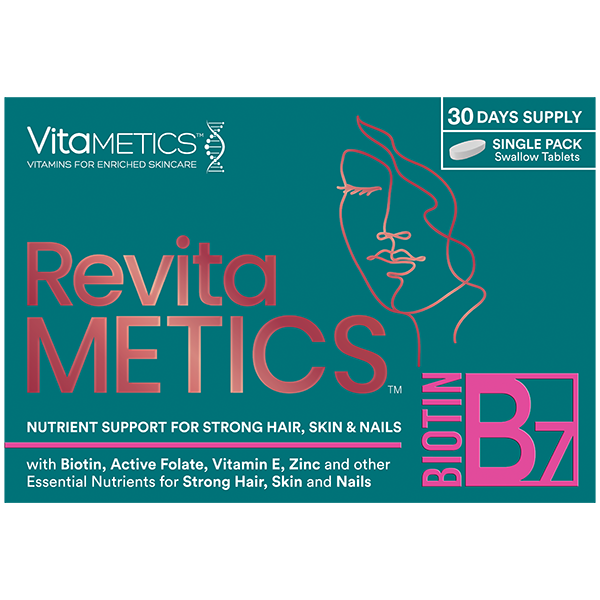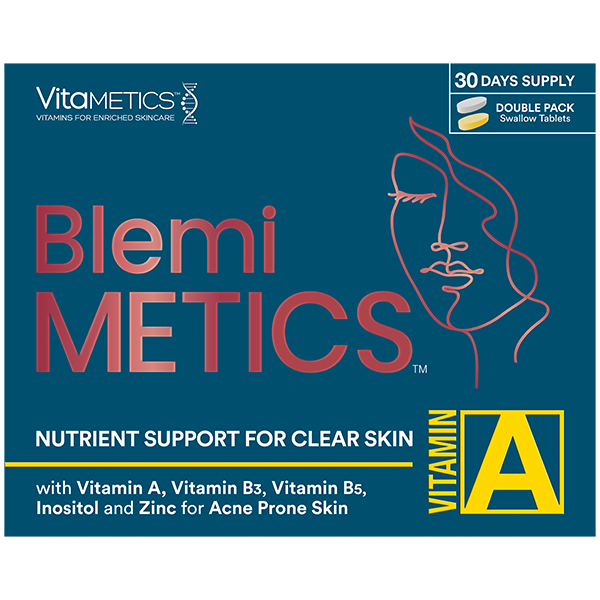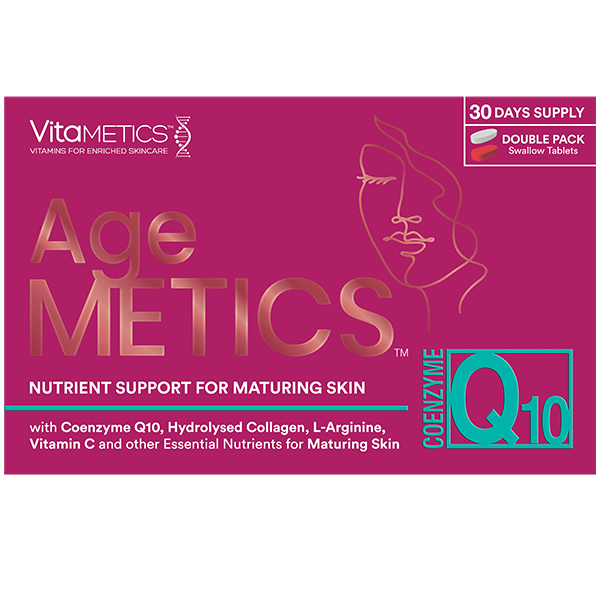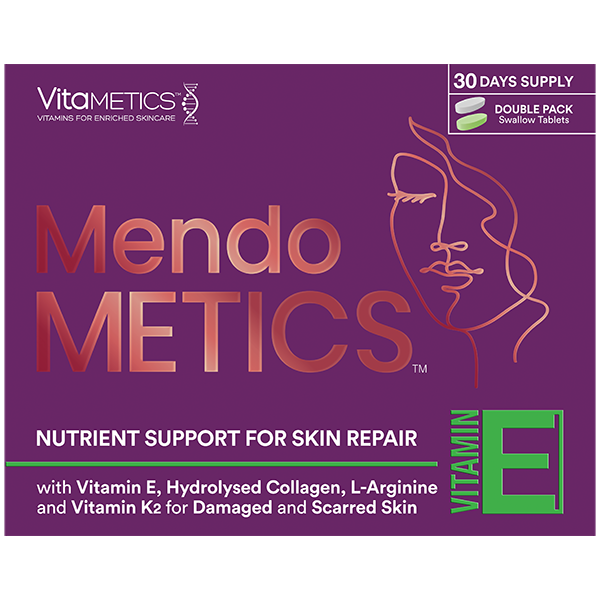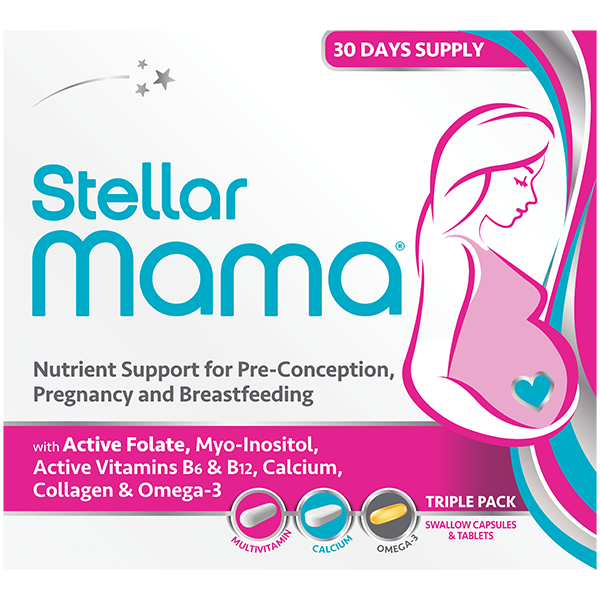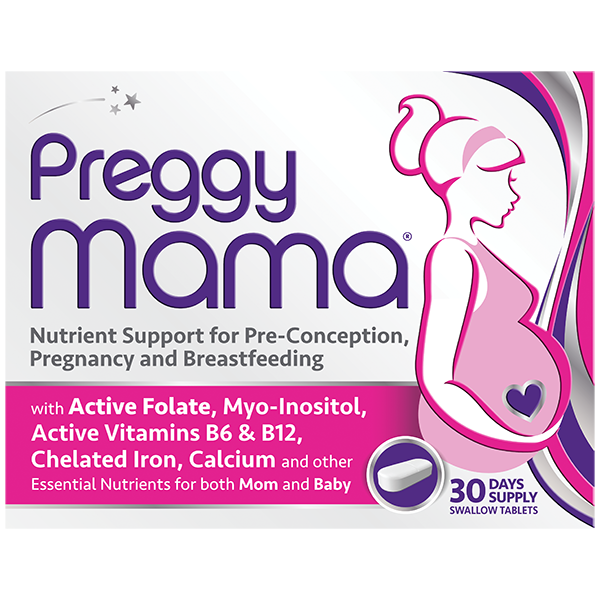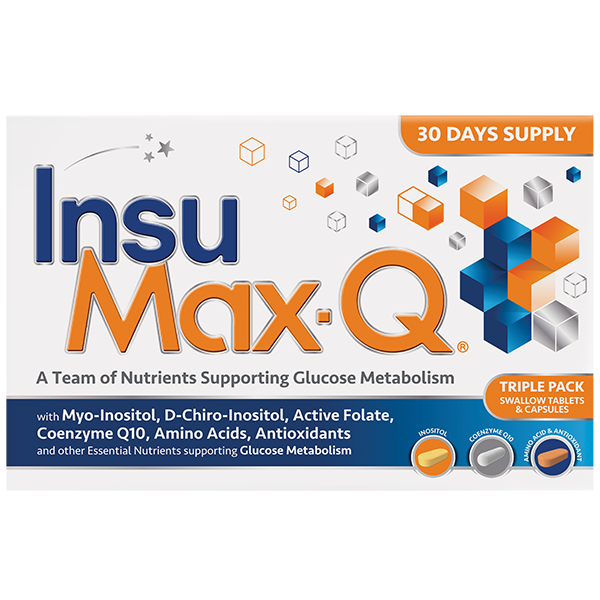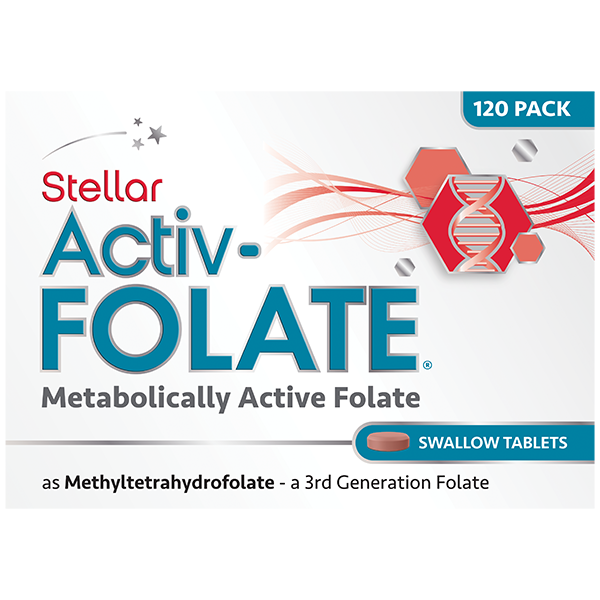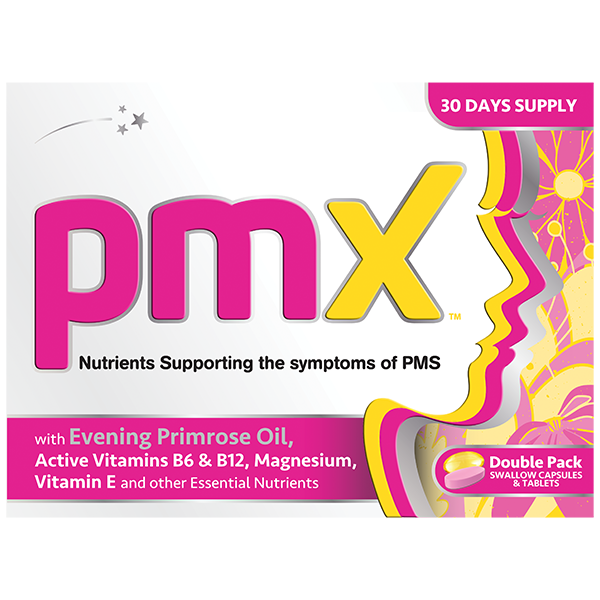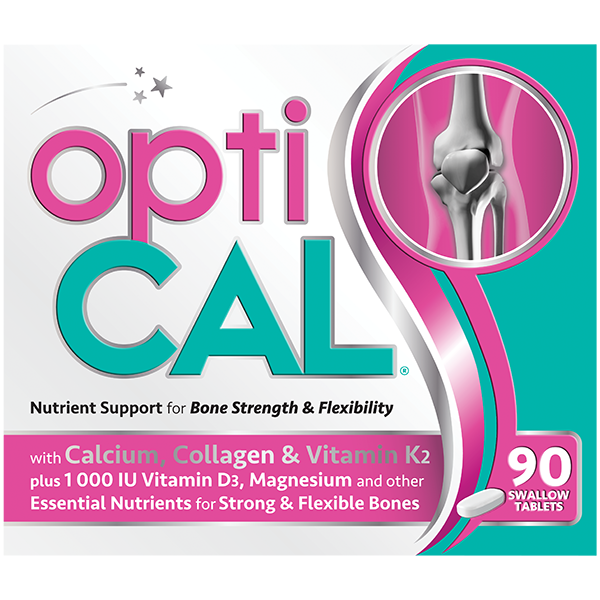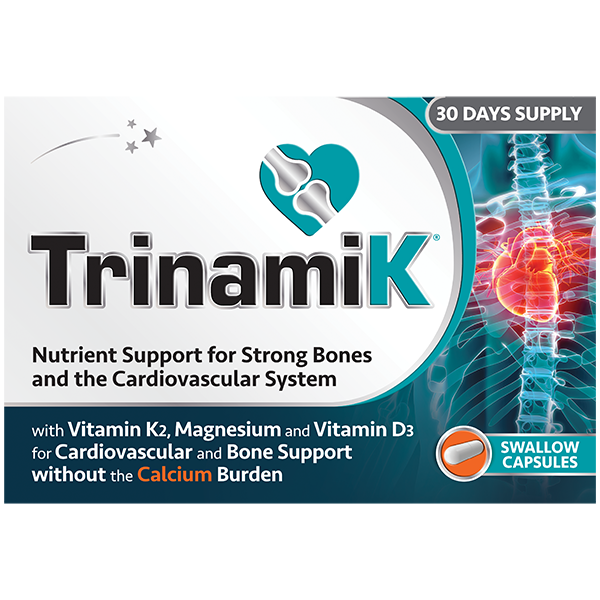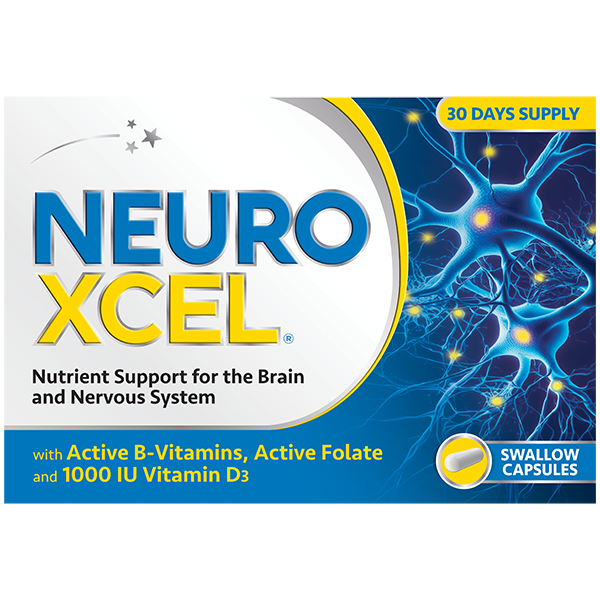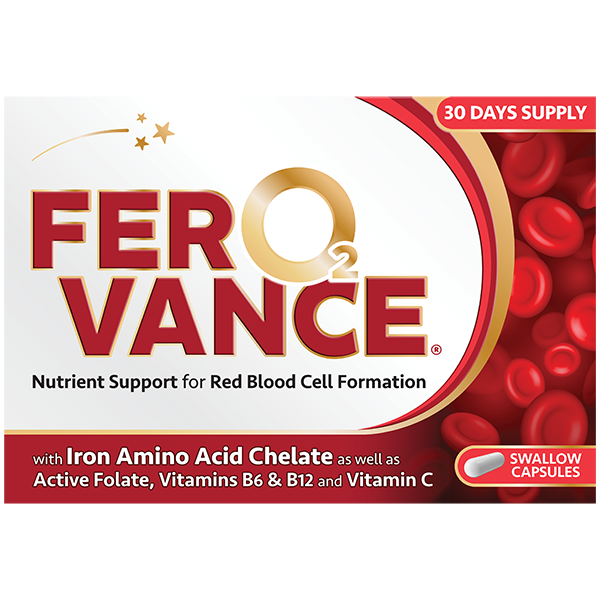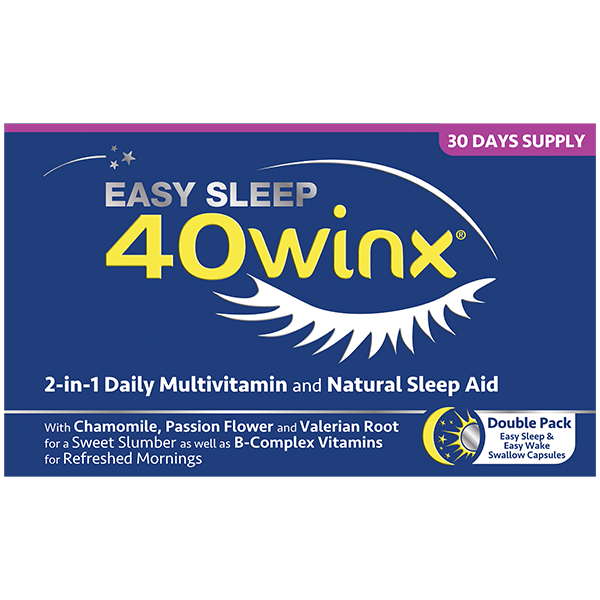FREE SHIPPING FOR ORDERS R500 OR MORE
FREE SHIPPING FOR ORDERS R500 OR MORE

7 Top Nutrition Tips for Insulin Resistance and Metabolic Syndrome
Author: Maryke Bronkhorst (B.Dietetics, Msc.Nutrition)
1. Weight Management.
There is no one-size approach for weight loss. Your dietician can help structure a weight loss programme specific to your risk factors and individual dietary needs.
2. Low Carbohydrate Dietary Approach (with emphasis on wholegrain options when you include them).
Reducing dietary carbohydrate intake will assist in reducing circulating insulin levels. Even though a low carbohydrate programme is recommended, the carbohydrates you do consume should be high fibre, unprocessed wholegrains. Being lower in GI, they have lower and slower effects on your blood sugar and insulin levels compared to high sugar, refined carbohydrates. Wholegrains have also shown benefits in improving inflammation and digestion.
3. Eat the Rainbow.
Include a variety of different vegetables and fruit in the diet every day. Their antioxidant content is beneficial to help combat chronic inflammation.
4. Keep Foods closer to their Natural State.
Consume whole, unprocessed foods.
5. Choose Heart Healthy Fats and Lean Proteins (and include them with most meals and snacks).
Heart healthy unsaturated fats are mostly from plant sources such as nuts, seeds, avocado, olives, and olive oil. Lean proteins include fish, poultry (without the skin), lean meat (without visible fat), legumes and pulses and low-fat dairy. Lean protein helps with appetite control, as it satiates you and prevents cravings in-between meals and snacks. Adequate lean protein intake is also required to maintain lean body mass during a calorie deficit for weight loss. Avoid processed meats and saturated and trans fats.
6. Consume Omega-3 Fatty Acids.
Regular consumption of Omega-3 Fatty Acids can improve inflammation, insulin levels and triglyceride levels. There are three main Omega-3 Fatty Acids, namely Alphalinolenic Acid (ALA), Eicosapentaenoic Acid (EPA), and Docosahexaenoic Acid (DHA). ALA is found mainly in plant foods such as walnuts, almonds, chia seeds and flaxseeds. DHA and EPA are found in fatty fish such as salmon, mackerel, pilchards, sardines, and trout. Your body can convert some ALA into EPA and then to DHA, but only in small amounts. The recommendation is to have at least two to three servings of fatty fish a week, and to regularly include plant sources of Omega-3 fatty acids in the diet. If this is not possible, a good supplement is recommended.
7. Reduce salt intake.
Lowering salt intake helps to reduce blood pressure and risk of cardiovascular disease, stroke, coronary heart disease. Reduce your use of salt during cooking and at the table as well as your intake of “hidden” salts, mostly found in processed foods, condiments, and seasonings.





